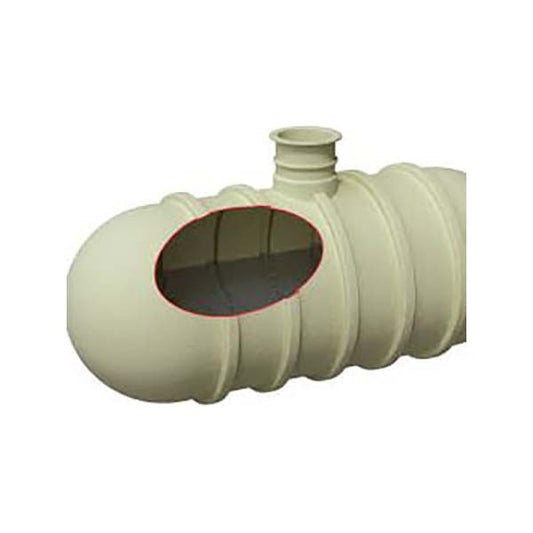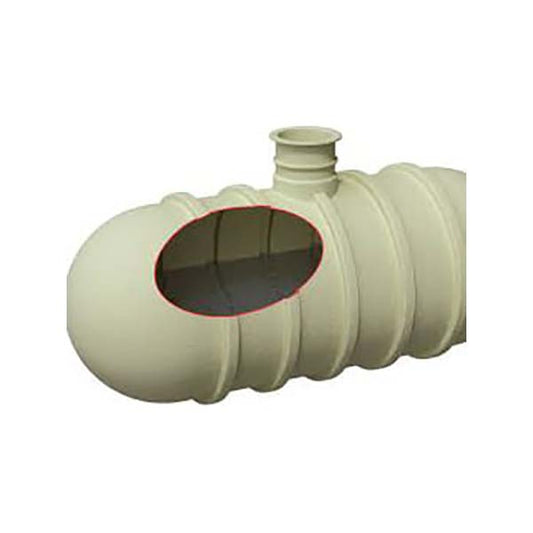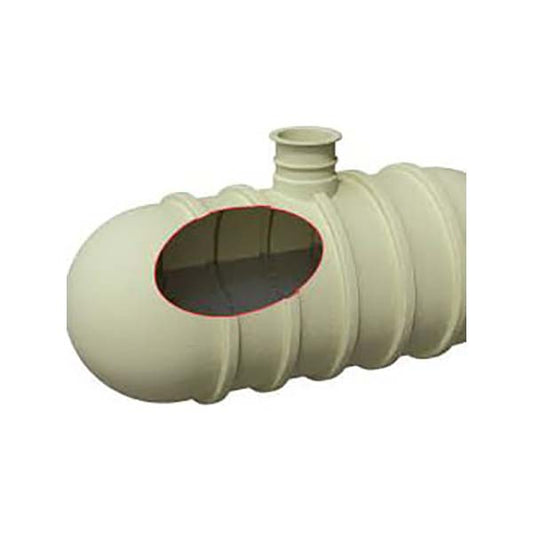Frequently Asked Questions
Are there any legal requirements around silage/slurry tank installation?
Yes. The government has outlined specific rules that farmers must follow surrounding new slurry storage and installation. You must also contact the Environment Agency 14 days before installing the tank. If you don’t follow the rules that prevent pollution, you can be prosecuted and fined up to £5,000 – so be sure to read the complete requirements
Are silage/slurry tanks safe?
Yes, as long as you follow the guidelines for installation and maintenance. Slurry tanks can be hazardous to people, animals, and the environment if the correct precautions aren’t taken. During the mixing process, animal waste breaks down and produces odourless, poisonous gases that can be fatal. Contact your local Environment agency for guidance on how to make your slurry storage as safe as possible.
Do I have to install the silage/slurry tank myself?
Due to the strict rules and potential consequences of failing to install your silage/slurry tank correctly, we’d recommend you use a professional service like the one we offer at Cotterill Civils. Our installation service covers stormwater attenuation, rainwater harvesting, water storage and sewage treatment solutions. Installations are completed to the highest standard by our team of professionals, following all the guidelines outlined by the Environment Agency.
Is a cesspool the same as a slurry tank?
Yes, a cesspool is another word for a slurry/silage tank. However, a cesspool is different to a septic tank, which is a waste system that stores human waste.




















